 Mohan Sinha
Mohan Sinha
A few months ago, social activist Anna Hazare threatened to launch an agitation against illegal collection of toll.
This was after a high-level committee of PWD chief engineers recommended that 31 out of 165 toll nakas in Maharashtra should be abolished as they were set up in blatant violation of norms prescribed by the Centre. Under ‘pressure’, the State Government closed down a number of them.
For the record, Maharashtra has 165 toll nakas; 28 of which belong to the National Highways Authority of India; 61 belong to the Maharashtra State Road Development Corporation (MSRDC) and 56 to the Public Works Department. So, is it time for the government to have a Toll Regulatory Commission like they have for the Power sector?
Not all travellers who pay toll on the highways, protest, but some have objected to the unsavoury manner in which money is being collected. What motorists want to know is on what basis toll is calculated between two points, and once calculated what’s the criteria for increasing it? Motoring enthusiast and frequent traveller Parag Sachania says he pays Rs 487 when he travels from Pune-to Bengaluru via Nelemangala. Another frequent traveller H.V. Kumar says he pays Rs 682 from Mumbai to Bengaluru via the Vashi Bridge and the Expressway. He says there are also smart motorists who beat the system by scouting around for alternative non-toll routes! Why pay toll when they already pay so many other taxes, cess and a whopping one-time vehicle registration fee, and when maintenance is definitely not as costly?
Of the Rs 880 billion envisaged for the construction of national highways and super-national highways as per the Rakesh Mohan ‘India Infrastructure Report’ of 1993, Rs 230 billion was to be raised through private sector participation. Similarly for the State Highways, Rs 60 billion of Rs 300 billion was to be raised in the same way. The report also suggested:
a) That substantial portions, if not all, of the revenues from taxes on motor vehicles, transportation fuel be earmarked for road development
b) Setting up of a Roads Board to ensure the coordinated development of the trunk-route system and adoption of a highway development policy by the government
c) Four laning of some of the existing highways be done through public-toll road method
d) Comprehensive guidelines and procedures for approval of private sector projects.
When the State Governments decided to award contracts through the Build Operate Transfer or BOT system, it was seen as a win-win situation for everyone – agency, Central and State governments. Private entrepreneurs made all the investments and then recovered the amount from the public through toll over a certified duration. But some things were unclear. What was the ‘certified duration’ and how much? Why weren’t the funds being used to improve infrastructure and facilities? Curiously enough,while doing a story on speeding on the e-way last month, when Car India spoke to an IRB official, he specifically said that the agency did not have the authority to carry out large-scale repairs but only do minor maintenance.

A public interest litigation (PIL) filed by RTI activist and former Spl. IG and police medal awardee S.M. Mushrif, in 2007, raised questions against the haphazard manner in which toll was being extracted on the various highways around the country. When he asked through the RTI, about the rule under which toll collection is done, the Maharashtra State Road Development Corporation (MSRDC) provided him a copy of a Central government notification dated 5 May, 2005 (issued by the Ministry of Shipping, Road Transport-and Highways) which stated that the agency was entitled to collect and retain fees at such rate, for services or benefits rendered by him as specified by the the Central government in the official gazette. This rule applied to the highway departments of all State governments. Interestingly, the MSRDC appointed an independent consultant for monitoring toll collection. However, the engineer of this consultancy company who was present while Mushrif was conducting the inspection of files told him, “We monitor everything else, like operation and maintenance, but do not look into the revenue from toll collection.’’
Recently, the Mumbai-Pune Expressway hiked its toll rate from Rs 140 to Rs 165 for motor cars. Former journalist and RTI activist from Pune, Vinita Deshmukh, who is protesting against the manner in which toll is being levied on the expressway, believes MSRDC does not have any mechanism to monitor whether the toll collection on the expressway is being carried out in a transparent manner. Deshmukh also filed an RTI application seeking details of the toll collection on the expressway.
She said that the IRB had entered into a contract with the Maharashtra government stating that for 15 years — from the beginning of fiscal 2004 to the end of the 2019 financial year — they would collect toll and maintain the expressway. IRB had paid an advance of Rs 918 crore to the Maharashtra government that would be recovered from the toll. The charges also included the investments made by IRB and the yearly maintenance of the expressway. But there are no clauses in the contract that specify how much IRB should continue to collect. It has so far collected nearly Rs 1000 crore, as against the projected amount of Rs 606 crore as envisaged by the IRB initially.
While the 1993 Rakesh Mohan report suggested that the cost of building highways could be recovered from the user, it also suggested a modern maintenance and management system for the benefit of users, maintenance of existing highways, prevention of encroachments on highway land, facilities for traffic, including providing relief for accident victims and ensuring removal of bottlenecks in traffic movement. Have all these issues been implemented? Travel on any highway at night, and you’ll know!
Photography: Sanjay Raikar






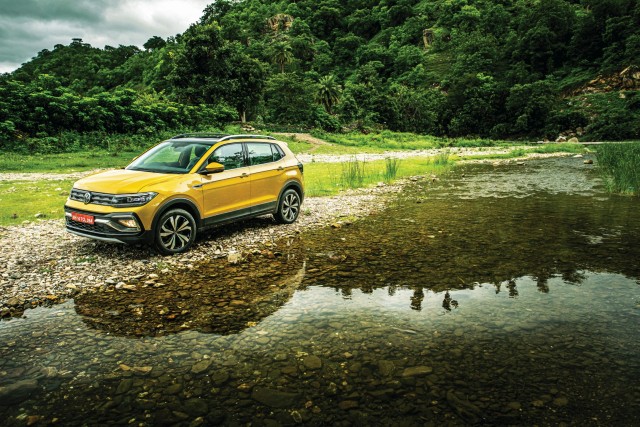


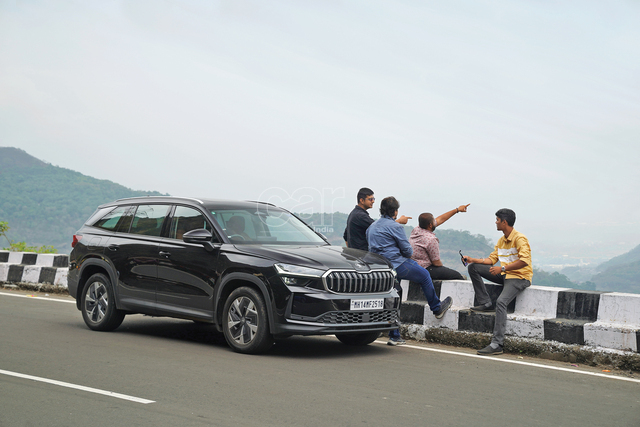


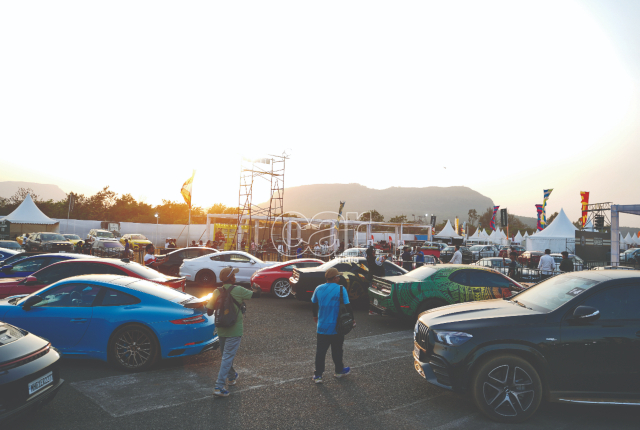
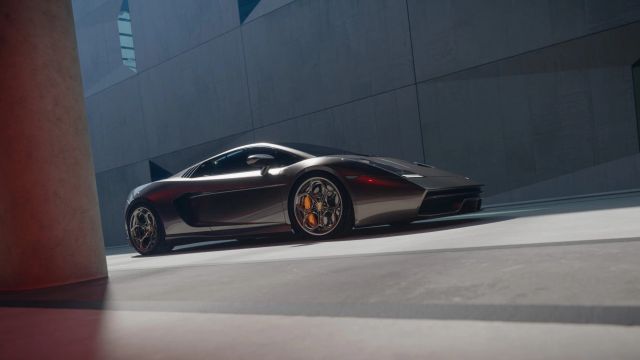
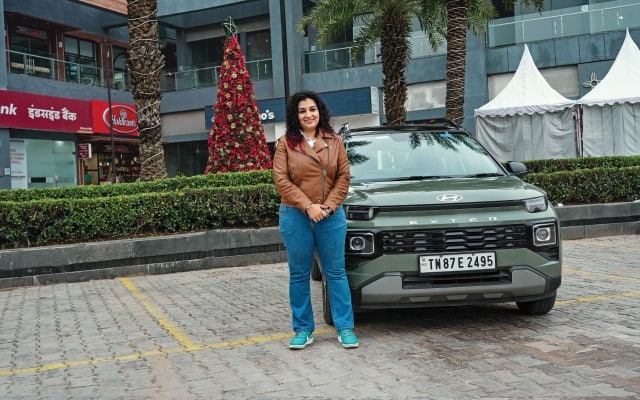
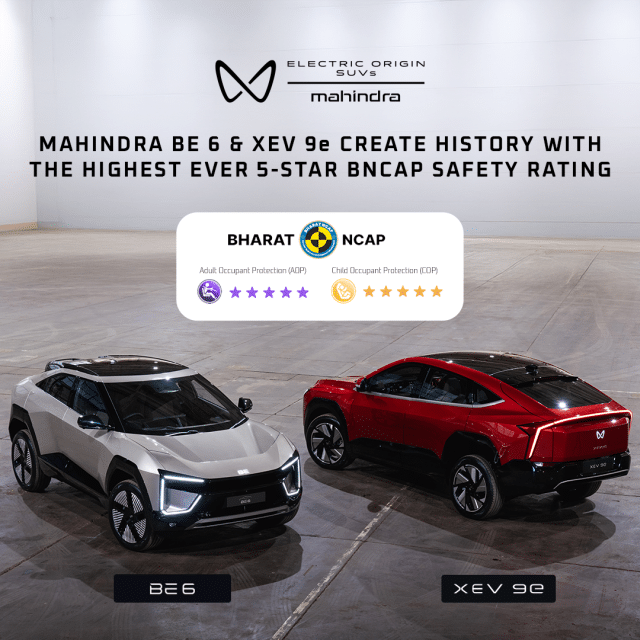
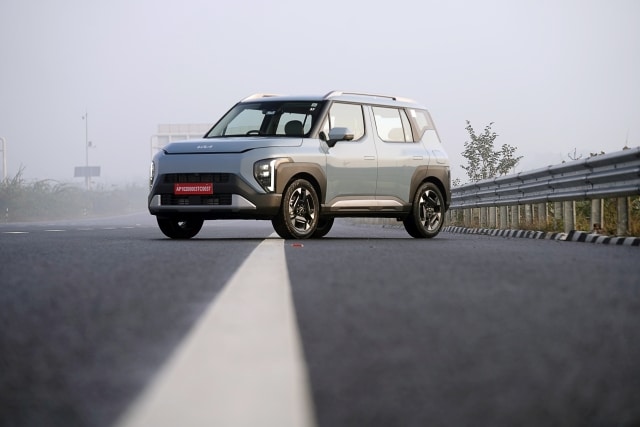




Leave a Reply